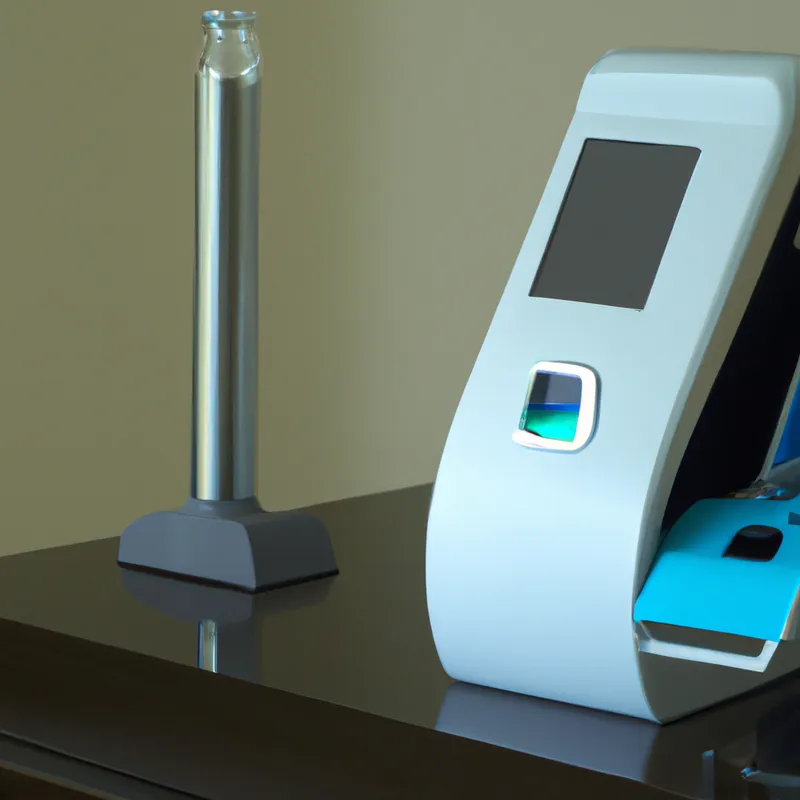Evaluate Limitations of EMG Feedback Technology
EMG Feedback Devices in Home Rehabilitation: Benefits and Limitations
Rehabilitation has improved recently due to technological advancements. Electromyography (EMG) feedback devices have gained attention for their effectiveness. These devices deliver real-time feedback on muscle activity, aiding recovery and enhancing muscle function at home. While these benefits are significant, limitations also exist. This blog explores the advantages and drawbacks of EMG feedback devices in home rehabilitation.
Understanding EMG Feedback Devices
EMG feedback devices monitor electrical muscle activity. They use electrodes to detect signals generated by muscle fibers during contractions. By providing real-time feedback, these devices help users understand and adjust their muscle performance, leading to better rehabilitation outcomes.
How EMG Devices Work
An EMG device includes surface electrodes, a signal amplifier, and dedicated software. Place electrodes on the skin over monitored muscles to capture electrical signals during contractions. The amplifier enhances these signals for better readability. The software processes this data and presents it in user-friendly formats. For example, patients may hear tones that change pitch based on muscle activity, helping them adjust performance in real-time.
Applications in Home Rehabilitation
EMG feedback devices apply to individuals recovering from strokes, injuries, or surgeries. These devices allow patients to perform exercises safely at home while receiving immediate guidance. This advantage benefits those with mobility challenges or limited access to rehabilitation centers. Therapists can also monitor patient progress remotely, enhancing treatment flexibility and reducing clinic visits.
Benefits of EMG Feedback Devices
EMG feedback devices offer many advantages for home rehabilitation. Here are key benefits:
Enhanced Motivation and Engagement
EMG devices significantly increase patient motivation. Real-time feedback provides immediate reinforcement, encouraging users to engage actively in rehabilitation exercises. When patients observe their progress, they feel accomplished and motivated to continue. This feedback loop fosters a more committed approach to rehabilitation.
Improved Muscle Control and Function
EMG feedback enhances muscle control and function. Users identify which muscles to engage during specific exercises. This targeted approach strengthens particular muscle groups and promotes better body mechanics. Increased awareness of muscle activity helps patients refine movements, leading to effective rehabilitation and faster recovery.
Remote Monitoring and Support
EMG devices enable remote monitoring, allowing healthcare professionals to track patient progress without constant in-person visits. This feature is particularly helpful for maintaining patient engagement.
Conclusion
EMG feedback devices significantly improve home rehabilitation by enhancing motivation, muscle control, and remote monitoring capabilities. However, awareness of their limitations remains essential.
Below are related products based on this post:
FAQ
What are EMG feedback devices and how do they work?
EMG feedback devices are tools that monitor electrical muscle activity using surface electrodes placed on the skin. They detect signals generated by muscle fibers during contractions, amplify these signals for better readability, and present the data through user-friendly software. For example, patients may receive auditory feedback, such as tones that change pitch based on their muscle activity, helping them adjust their performance in real-time.
What are the main benefits of using EMG feedback devices in home rehabilitation?
EMG feedback devices offer several benefits, including enhanced motivation and engagement due to real-time feedback, improved muscle control and function by helping users identify which muscles to engage during exercises, and the ability for healthcare professionals to monitor patient progress remotely, reducing the need for constant in-person visits.
Are there any limitations to using EMG feedback devices for rehabilitation?
While EMG feedback devices provide significant advantages, limitations do exist. These may include the need for proper training to use the devices effectively, potential issues with the accuracy of readings if not placed correctly, and the requirement for ongoing support to ensure patients remain engaged and benefit fully from the technology.















Post Comment